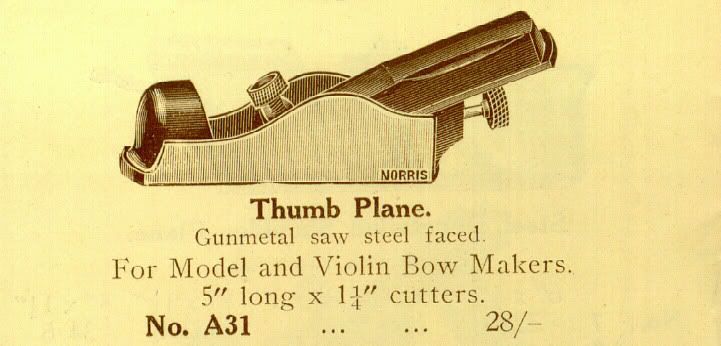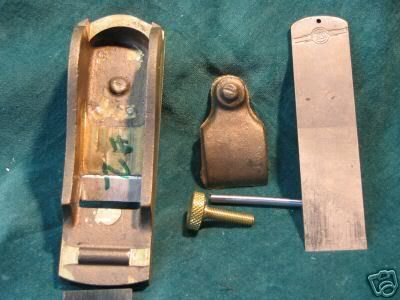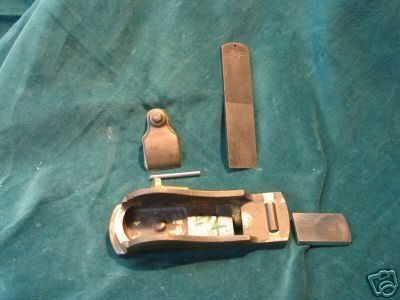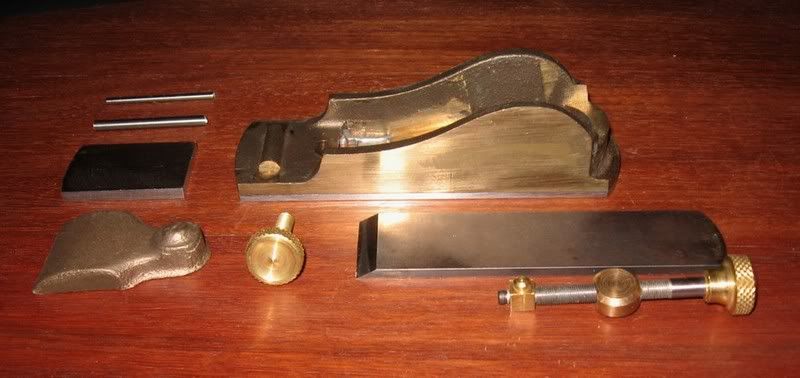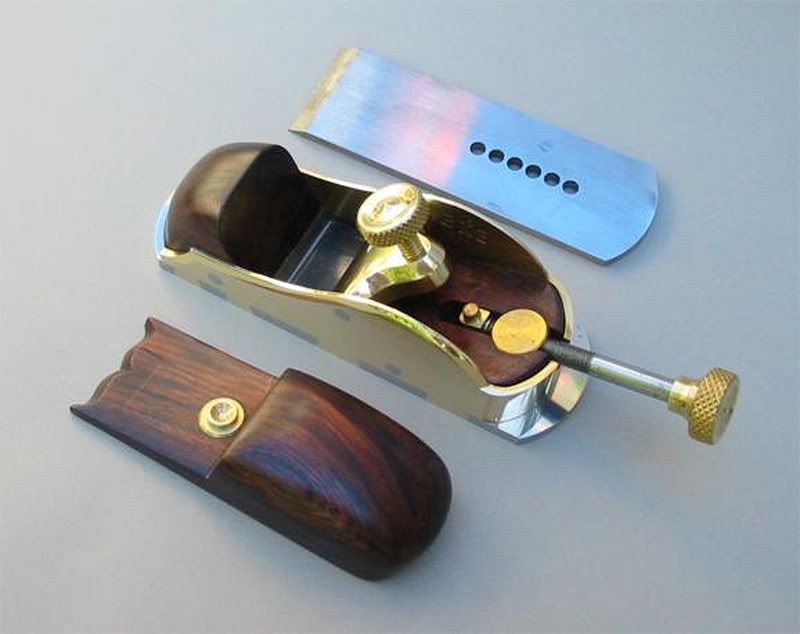I have collected a 1/4" thick mild steel for the sole, 1/8th" brass(of unknown type, which I will anneal) for the sides.
I was thinking I would try to make a block plane, starting small. I settled on something 5 3/4" long 2" wide.
I am pulling a number out of the air here would a blade angle, bevel down, of 35 degrees sound like a good thing?
Cheers Ron.




 Reply With Quote
Reply With Quote
 .
.



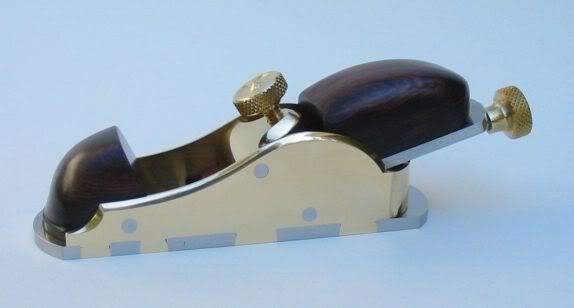


 and shoot for the 12-15 degrees, stick with the original length. I have 01 steel for the blade I will make myself, 3/8ths and 1/4" I have both.
and shoot for the 12-15 degrees, stick with the original length. I have 01 steel for the blade I will make myself, 3/8ths and 1/4" I have both. 